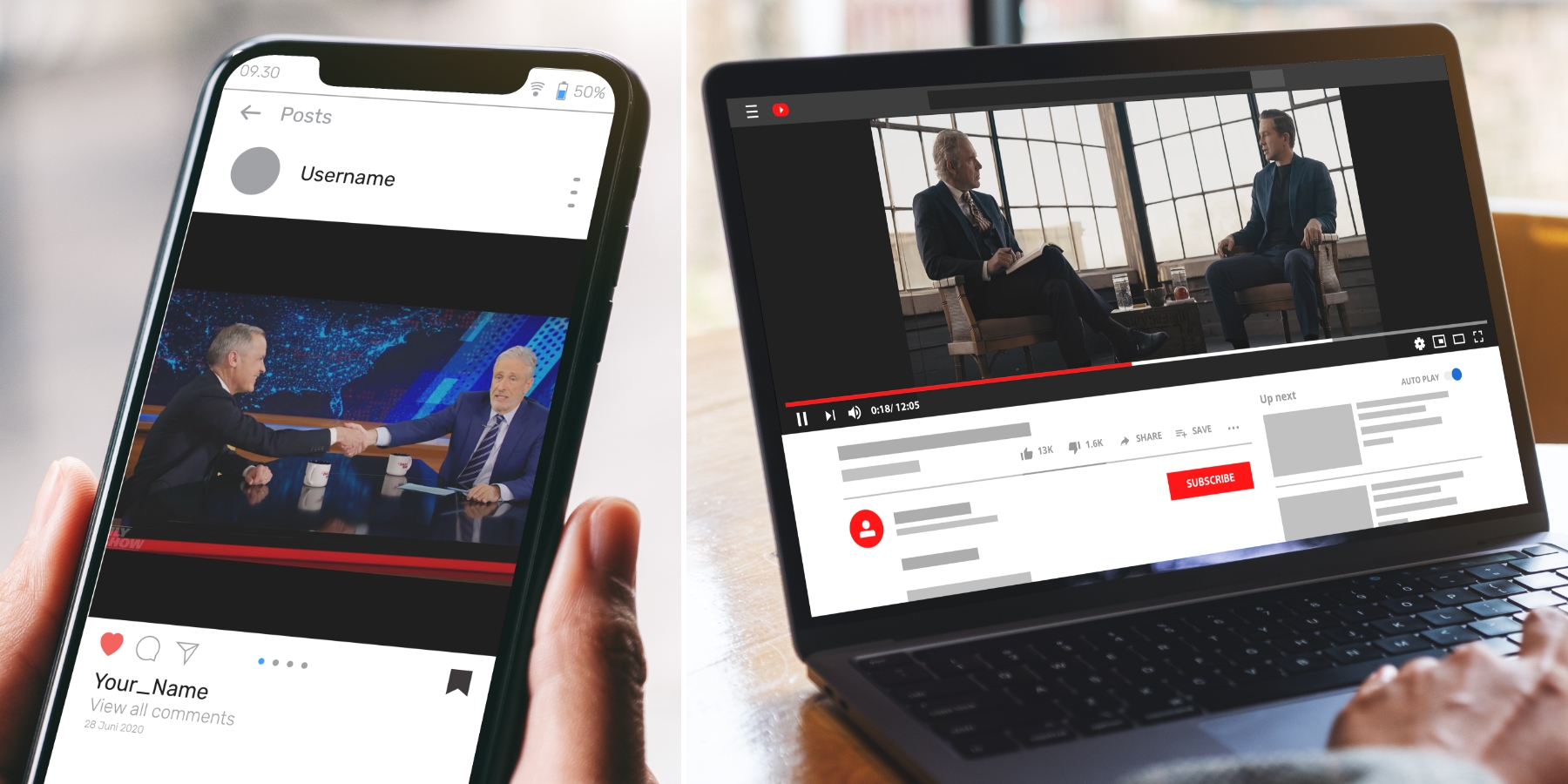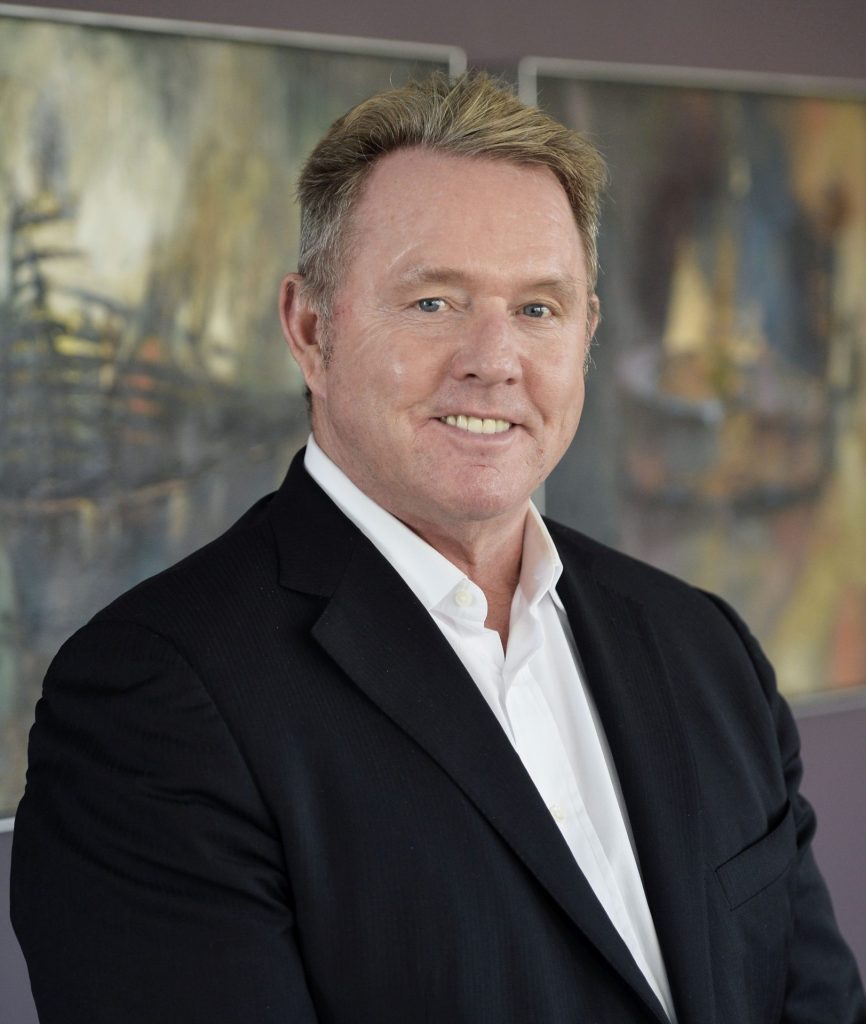Vying for viral: Liberals need authenticity to bridge digital divide with Tories, says online marketing strategist

As the race to become the next Liberal leader and prime minister officially kicks off this week, online political marketing expert Harneet Singh says the road to victory—both in this contest and the next federal election—will be paved online.
Jan. 23 is the official deadline for candidates to declare entry into the leadership race and submit the first $50,000 of their $350,000 registration fee.
Former deputy prime minister and finance minister Chrystia Freeland (University–Rosedale, Ont.) and Government House Leader Karina Gould (Burlington, Ont.) officially launched their candidacies on Jan. 18, two days after former Bank of Canada and Bank of England governor Mark Carney officially took to the starting line. The week before, Liberal MP Chandra Arya (Nepean, Ont.) and former MP Frank Baylis also declared their intentions to run for the party leadership, as did Liberal MP Jaime Battiste (Sydney–Victoria, N.S.), who said he was “laying the ground work for an exploratory team” to launch “the first campaign by an Indigenous candidate” to become Liberal Party leader.
Singh, a managing principal at EOK Consults, said the challenge for the leadership hopefuls in the upcoming race will be twofold: deploying an effective messaging strategy to establish their brand, and ensuring that message will resonate with voters outside of the party to compete with Conservative Leader Pierre Poilievre (Carleton, Ont.) in the next general election.
“It’s a daunting task, and they have to do all of that in record time,” Singh added, noting that whichever campaign can most effectively leverage the tools provided by digital platforms like YouTube and Meta—and is willing to learn from what has been effective for Poilievre—will have the best chance of success.
“This isn’t about catching up to Poilievre’s YouTube numbers or outspending the Conservatives on Meta; it’s about understanding how to connect with voters in a fragmented media landscape where authenticity, accessibility, and engagement matter more than ever,” Singh told The Hill Times.
Singh said that since becoming Tory leader, Poilievre has been playing the organic “long game” on social media, particularly YouTube.
“YouTube is an interesting spot because once a user engages with you and becomes a subscriber, they get all your new videos for free,” Singh explained, noting that Poilievre’s official page had garnered roughly 408,000 new subscribers and more than 60 million views in the past year.

Last December alone, Poilievre’s YouTube channel attracted 5.3 million views, and gained an additional 19,000 subscribers, for a total of 532,000 subscribers and 149.3 million views across more than 3,100 videos.
In comparison, Prime Minster Justin Trudeau’s (Papineau, Que.) channel only gained an additional 3,600 subscribers and 260,095 views in the month before his resignation, with a total of more than 37,400 subscribers and over 2.5 million views across 191 videos.
Singh explained that Poilievre and his Conservatives have done well by allowing their shorter clips and longer videos—like the recent Wackos video, the viral Housing Hell mini-documentary, and his 90-minute discussion with Jordan Peterson that garnered four million views on YouTube alone—to broaden their key messages on housing and affordability, crime, and the carbon tax, while being accessible to the average voter.
“That’s what’s missing from the Liberals’ [messaging],” Singh explained, noting that they continue to rely on more “polished, top-down communication strategies,” which he said risk “falling flat in a digital-first world, where authenticity and relatability are prized.”
However, Singh said attempts at authenticity without an accompanying message that resonates with Canadians would similarly fail, pointing to Trudeau’s attempt to demonstrate his relatability on social media.
While making milkshakes on TikTok or eating chicken wings on Quebec’s version of Hot Ones may resonate with the Liberal base, what matters is how Trudeau’s messaging is or isn’t “resonating with the rest of us,” Singh said.
Unlike those unsuccessful attempts, the Conservatives have understood the need to appeal not only to their base, but also to tailor their messaging to appeal to the broadest audience possible, Singh explained.
While the Conservatives are also spending far more than the Liberals on Meta advertising—$1.17-million compared to $405,207, respectively, from Sept. 1 to Dec. 29, 2024—Singh pointed to the Conservatives’ regional and demographic targeting of that money.
Monthly Meta spending

Recently, the Conservatives have unveiled two new ads, one in Punjabi focused on extortion and crime, targeting the South Asian communities in Ontario and British Columbia, as well as one in Mandarin that’s focused on drug policies.
Singh said the Conservatives have used their YouTube channel and the response to its content to influence their official paid messaging and whom it targets.
“The Conservatives are leaning on the public to tell them what resonates with them, and that’s why they can be so quick to adapt to the issue of the day,” Singh explained.
Meanwhile, he said the Liberals have mostly retreated to the core issues that matter to their base and the threat they say Poilievre poses to them.
However, Singh explained that the Liberals’ focus on Poilievre could also backfire, as it may have done south of the border during last year’s U.S. presidential election.
While the Kamala Harris campaign spent more than $57-million on advertising on Google and Meta following her ascension to the Democratic nominee, compared to the $5.6-million spent by Republican Donald Trump’s campaign, Singh said Harris’ ads mentioned Trump more than any other issue.
“When you attack another person in digital strategy or even in a campaign, a lot of times, it gives air to the other campaign more than fuelling yours,” Singh explained. “The Liberals are the government and could drive the agenda if they wanted to, but instead, the majority of their ads are focused on ‘Poilievre will do this, and Poilievre will do that.’”
However, Singh said he believes the Liberal leadership contest provides hope for a shift in messaging, with each campaign testing its own strategies over the next 48 days.
Unfortunately, without the luxury of time to devise a long-term strategy, the campaigns must focus on a “burst” approach, he added. This will require a better understanding of the tools online platforms like Meta and YouTube provide for audience targeting.
In that limited timeline, leadership hopefuls must move potential voters from “awareness to interest, to engagement, and then to action, which is voting in this case.” At the same time, those campaigns must also keep sight of the larger goal: winning the federal election.
Singh pointed to Carney’s Jan. 13 appearance on The Daily Show with Jon Stewart as an effective step down that path. It has garnered more than 2.4 million views on the program’s YouTube channel since it aired last week.
Although Carney’s interview did not reach the same number of viewers as Poilievre’s with Peterson, Singh noted that, in both cases, more Canadians will now be aware of either candidate and potentially more interested in what they have to say next time.
“That’s why the organic and the paid strategy have to be in step,” Singh explained. “Because now, the next time a voter sees one of them in an ad talking about something they care about, there’s that ‘I know the name of the guy now, and I’ve seen his face, I’m more likely to engage with it.’”
Additionally, Singh added that the Conservatives also apparently viewed Carney’s appearance as effective, pointing to the Carbon Tax Carney ad they released on YouTube three days later, which included a clip from Carney’s appearance on the show.
However, Singh also said the swift response demonstrates the Conservatives are still intent on shaping the narrative as the Liberal leadership race runs its course.
As for Freeland, Singh said he believes her “digital game” had a stronger start, pointing to the high-quality production in both the French and English versions of her launch video, and the strong messaging and branding of “Free Land.”
In contrast, Carney’s launch video is a clip of his Jan. 16 rally where he reads from his announcement speech, garnering roughly 611,000 views compared to Freeland’s 1.1 million. Gould’s launch videos, in both French and English, have accrued more than one million views.
Frank Graves, president of Ekos Research, said he believes that Carney’s late-night TV appearance has already affected the Liberals’ chances, as the growing awareness of Trudeau’s potential successors begins to draw voters’ interest back toward the party.

While previous Ekos polling suggested the Conservatives’ lead had grown to an all-time high of 25 points in the month following Freeland’s Dec. 16 resignation as minister of finance and deputy prime minister, its latest poll indicates that the lead has been cut to just 11 points.
In its most recent survey, conducted between Jan. 13 and 16, Ekos found the Conservatives leading with 39 points compared to the Liberals at 28, followed by the NDP at 17.
While Graves said he had observed a slight narrowing in the week following Trudeau’s resignation this month, it was far less dramatic than the results of his latest poll, particularly in Ontario.
“Ontario is a real story here,” Graves said, noting that the Liberals have “erased” the Conservatives’ 22-point lead and now hold a “small, statistically insignificant lead” in the province.
Graves said that while he can’t tell if the Liberals’ jump will last or is merely a “dead-cat bounce” following Trudeau’s resignation, if it is real, he believes Carney’s interview had a significant impact.
“There’s no other plausible explanation for why, all of a sudden, this change happened,” Graves told The Hill Times, adding that the appearance also potentially coalesced with voters in Ontario concerned by the threat of tariffs from the United States.
Finally, while the Conservatives have enjoyed an average 20-point lead in Ekos’ polling for the last year and a half, Graves said roughly 15 per cent of those who say they are voting Conservative are not its traditional base but rather those who dislike Trudeau and want change.
“Those Canadians are looking for change, but they’re also looking for assurances that the change won’t include things that they disagree with, and that’s where the movement is happening,” Graves explained.
While a Mainstreet Research poll released on Jan. 17 also indicated a narrowing of the Conservatives’ lead from December to January, down from a 29-point gap to 19 points, the most recent Abacus Data poll released on Jan. 19 found the Conservatives’ lead improving from 25 to 27 points, with 47 per cent of respondents indicating support for the Tories, compared to 20 per cent for the Liberals, and 18 for the NDP.
sbenson@hilltimes.com
The Hill Times






 LICENSING
LICENSING PODCAST
PODCAST ALERTS
ALERTS













